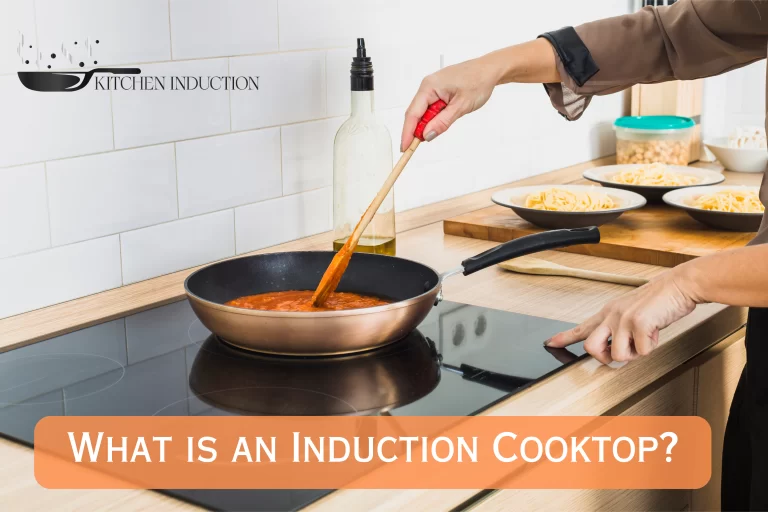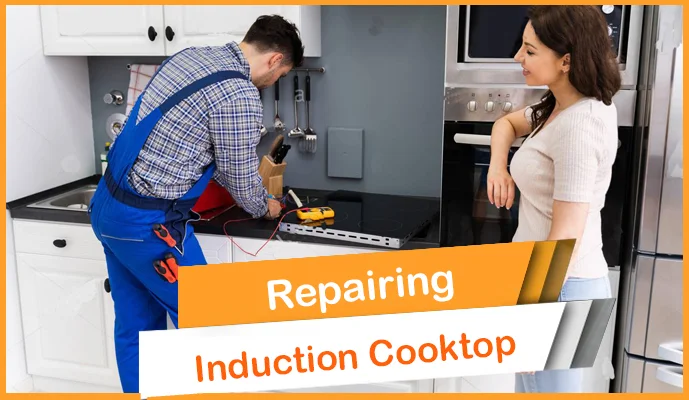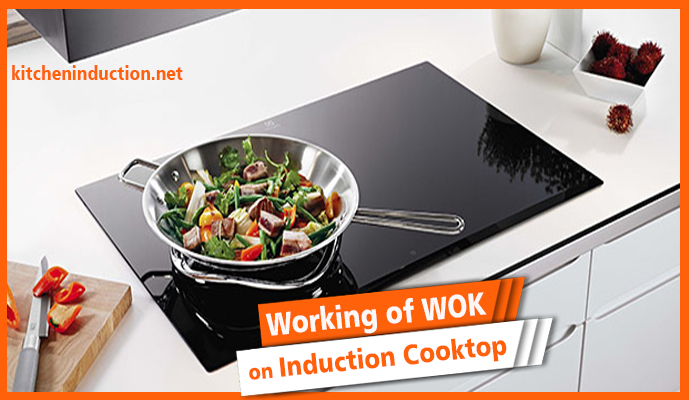How to Use Induction Cooktop- Induction Hob Instructions for Beginners
Induction cooking uses remarkable technology to cook food with ease. The pan only heats up when it touches on the surface of induction cooktop. This means you can put a pan on one-half of the cooktop and ice cubes on the other; the ice won’t melt. An induction cooktop has a few distinct advantages. This reduces the risk of severe burns and helps to save energy.
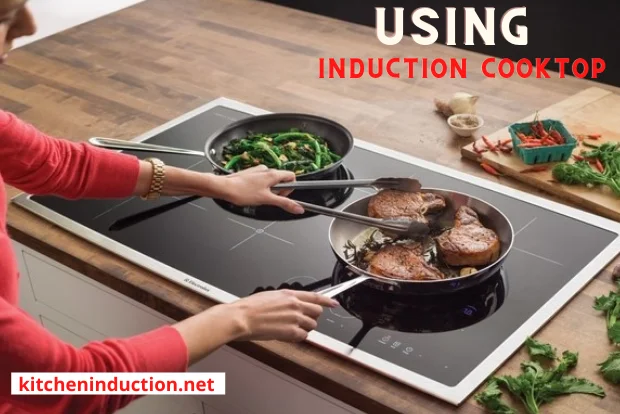
Induction cooktops are now a very familiar term in today’s modern kitchen world. Slowly, but surely it is replacing traditional cooktops. Before we start, let me simplify induction cooking. Everyone is aware of the fact that friction causes heat. Your parents might teach you that rubbing both of your hands will keep them warm in winter. The quicker you rub, the warmer your hands will become.
The same principle applies to induction cooking. Instead of friction being caused by your hands, it’s created by electrons within the cookware. Induction cooking uses the heat from the cookware, whereas gas and electric cooktops need to be turned on. Although I will be covering induction hobs and their use in detail in the article, I want to give you a quick overview.
Contents
How to Use Induction Cooktop- Simple Steps
Since induction cooktops are latest addition in kitchen, many pepole don’t know how to operate/use them. No one is born perfect and learns from experience. Here are some simple steps that you need to follow to use induction cooktop.
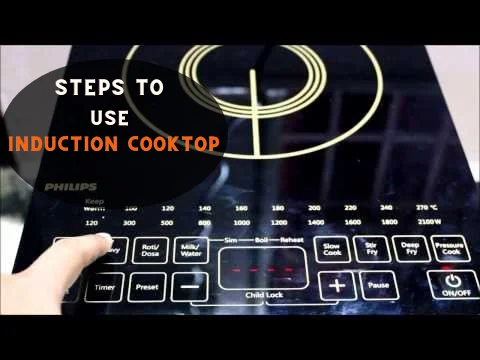
Make sure you choose the suitable pans. A pan with iron in the bottom is required for Induction Cooktops. The iron heats the pan by transferring the energy from the cooktop.
If you don’t wish to replace your pans, test them out. Put a magnet on the bottom to check for iron in your pans. The magnet will stick if there is enough iron in the pan. You will need new pans if it doesn’t have enough iron.
Turn on the induction hob. You will find different instructions for each model, such as turning a knob or pushing a button, so make sure to check your manual.
Place the pot on the induction cooktop. The induction cooktop will detect iron in your pot and heat it immediately.
Timing your food properly is important. Induction cooktops cook food faster because they are more efficient. Induction cooktops are more efficient than standard stovetops, so it takes less time to cook a particular item.
How are induction Cooktops different from others?
Before using the induction cooktop, you need to know how it is different from other types of cooktops. Let’s have a look at the basic differences:
What are the right Induction Pots and Pans
Working at a cool place is one of the many perks. The kitchen is exceptionally well-equipped but not as impressive as some office kitchens. It often needs to be cleaned. For example, when you tried to use the induction stovetops for a team lunch, a few of your attempts ran into trouble. Your frying pans were not heating up. Did something go wrong? Was there something we did wrong? Then you discovered that the pans you had brought home were not made of the suitable materials to induction cook.
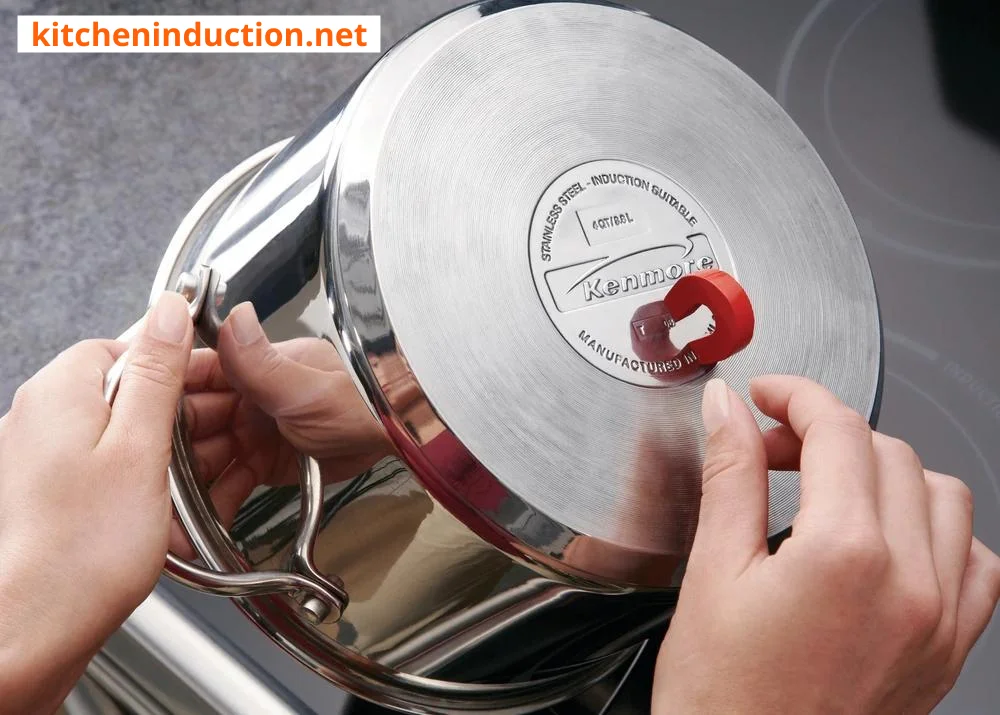
Induction cooking uses electromagnetism to work. It is therefore compatible with magnet-sensitive materials. Ferromagnetic means ferrous metals like cast iron or certain stainless steel, such as iron and stainless steel, are magnetic-friendly. Unfortunately, glass, copper, and aluminum cookware are inefficient and can leave marks on the cooktop that are nearly impossible to remove.
Modern cookware often comes from a mix of materials, so it can be difficult to know if a piece will work well with an induction stovetop. However, you can check it by yourself. Simply place a fridge magnet on the base and see if it sticks. If it comes off, it’s a problem. Also, look out for the Induction Ready symbol on the packaging or labeling of cookware.
Induction Cooktop Features
Here we are going to discuss important built-in features of modern induction cooktops.
Automatic Cookware Detection
Induction is equipped with an inbuilt sensor to detect if the cookware has been removed from it. If there is no cookware on the top of the glass, it will make a beep and turn off automatically within 20, 30, 60 seconds.
If you ever lift the cookware during cooking, the inductions will sense that it is missing and shut down. Some inductions will return to the original setting if the cookware is placed back. Others will require you to adjust all settings and restart the cooking process.
Overflow Alert
This safety feature is built to protect against overflows. In addition, the cooktop will sound a beep before it shuts down.
Safety cut off
Nearly all inductions include a safety cut-off feature. The cut-off safety feature will turn off the induction if the cooking zone is left on for a prolonged time with no temperature change. The heat setting of the cooktop will determine the time it takes to trigger the safety cut-off. The longer the cooking zone remains on, the lower the heat setting.
Certain food types, for example, require very low sims for long hours. Some cooktops can be left on for as long as 10 hours if they are set to very low heat. Cooktops with the highest heat settings will turn off after about one and a quarter hours. A cooktop with a longer safety cutout period is best for those prone to cooking continuously for long periods.
Voltage Fluctuation
Some inductions have a voltage detector sensor that warns the user when voltage fluctuates. After this, it shuts off.
Turning Off
If the preset program is selected, the cooktop will either shut off automatically after the process is completed or go into sleep mode. Sometimes, the induction will sound like a beep to remind you that the timer is finished. To turn off the stove, click the “on/o” button.
Once the cooking is done, take out the cookware and let it cool on the stove.
It should take between 3-5 minutes, and the fan will turn on. Wait for the residual heat indicator to stop flashing or for it to change from hot to cool. The cooktop can now be cleaned and stored. The switch should be removed from the socket.
Cleaning Induction Cooktop Afterwards
Cleaning Induction Cooktop is very important after using. The ceramic surface of an Induction hob is easy to clean and won’t heat up to bake on any food spills. But that doesn’t mean you should just let it go to the dogs. Although it is easy to clean an induction stovetop, there are some things you should keep in mind.
Conclusion
At last, we hope that we have helped to end your hesitation about Using Induction Cooktop. Now, you know how to use this modern, easy-to-use technology in your kitchen. This should give you enough information about how induction cooktops function and how to care for them. If you need more information, you can read our blog archives.

